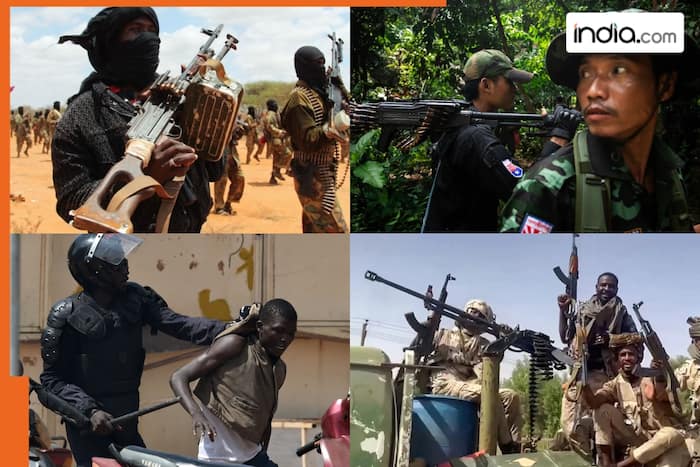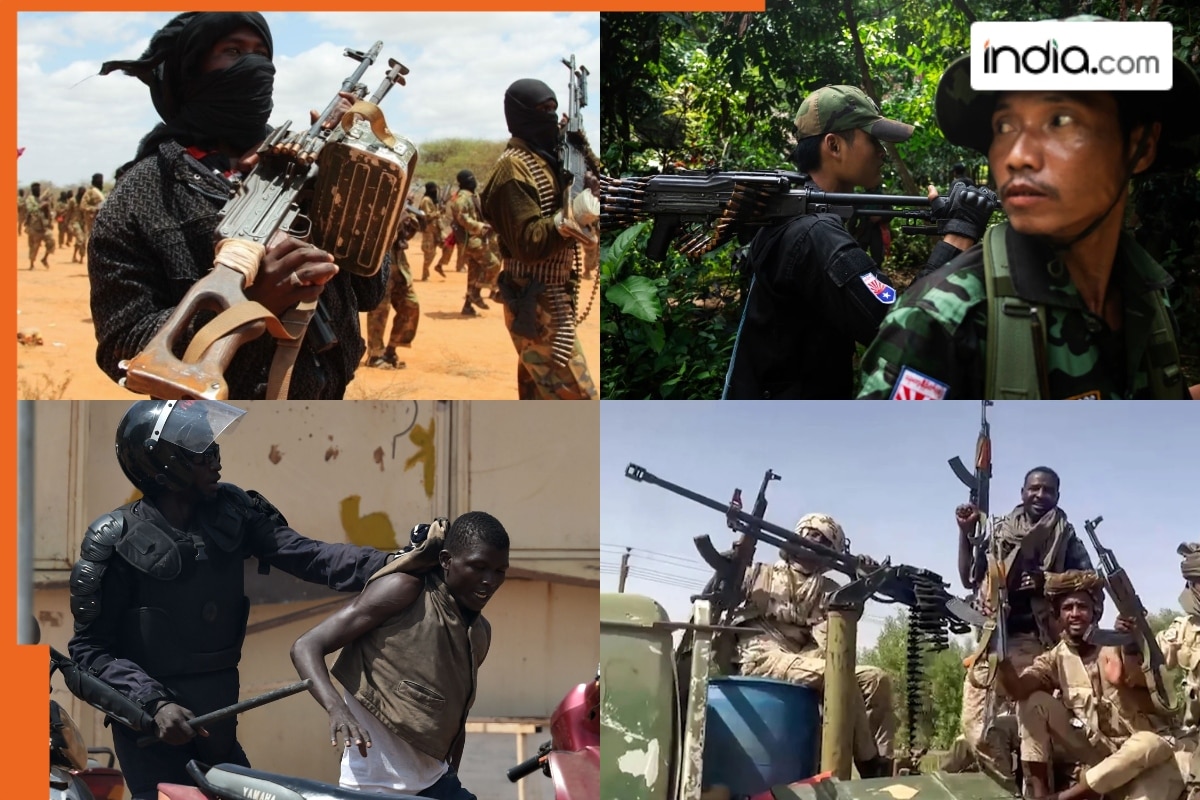A comprehensive analysis of different factors.

New Delhi: At the end or beginning of a calendar year, certain organisations, institutes or researchers conduct a study pertaining to a certain sector. One such report is annually published by the International Rescue Committee’s (IRC’s) The Emergency Watchlist that identifies countries considered most at risk of experiencing new or worsening humanitarian crises in the coming year. This is based on a comprehensive analysis of factors like conflict, climate change, and political instability; essentially acting as a forecast for where major humanitarian emergencies are likely to occur.
Here we are sharing with you highlights of the latest study by Emergency Watchlist which identifies the most vulnerable countries facing escalating humanitarian crises in 2025.
Sudan: Sudan ranks first on the Emergency Watchlist for the second consecutive year. It is due to the continuing civil war between the Sudanese Armed Forces (SAF) and Rapid Support Forces (RSF) which has resulted in the largest and fastest-growing humanitarian and displacement crisis accompanied by widespread violations of international law, sexual violence, child soldier recruitment, and attacks on civilians, health care, and aid services.
Myanmar: Myanmar has been in news for a long time. The military took control in 2021 and since then cases and extent of violence have deteriorated in the country. The emergence of insurgent groups has caused the violence and bloodshed to spread into a wider conflict. Over 3 million people have been displaced. Natural calamities like cyclones and floods add on to the human suffering as the country’s water and health systems, already affected by conflicts, are not prepared to handle the increasing needs.
Syria: The Syrian conflict that started in 2011 has entered its 14th year. The rebel forces took the entire country by storm in the end of 2024 and overthrew the government led by Bashar al-Assad. These rebel groups now control Damascus. The toll of 14-year-old ongoing battle has resulted in the displacement of over13.8 million Syrians and widespread poverty. The future of Syria remains uncertain.
South Sudan: South Sudan is grappling with conflict from Sudan, political instability, violence and climate emergency and is ranking on the list for the second consecutive year. South Sudan is also sheltering lakhs of Sudanese refugees. Apart from these, severe flooding has caused severe damage to its overall economy food production, contributing to an economic crisis.
Lebanon: Since October 7, 2023, Lebanon based Hezbollah and Israel are in a state of fierce armed conflict, thus the West Asian country has made an entry into the top 10 of the Emergency Watchlist for the first time. A 60-day ceasefire has been in place since November 27, 2024. However, the conflict caused displacement of over 1.4 million civilians.
Burkina Faso: The armed clashes involving ISGS and JNIM have displaced millions of civilians. The report says, “Their brutal campaigns have devastated communities across the country and the wider Sahel region. Armed groups have isolated nearly 40 towns, an increase from just one in 2021. This has cut off about 2 million people from the rest of the country and disrupted vital aid. Attacks on hospitals, schools and communities are putting civilians in greater danger.”
Haiti: The assassination of President Jovenel Moïse in 2021, gang violence, and a dysfunctional government have created severe humanitarian crisis and disorder. Organised crime has added to extensive turmoil. Natural disasters like earthquakes and hurricanes have worsened the situation. Nearly half the population faces severe hunger and extreme poverty.
Mali: Twelve years of armed conflict between the Malian military and Russian Wagner Group battle factions like the Tuareg forces, ISGS, and JNIM have aggravated the hunger situation in Mali. The withdrawal of UN and French military support has increased civilian casualties, while ISGS and JNIM have expanded blockades, cutting off vital food, water, and humanitarian aid to civilians.
Somalia: Al-Shabaab carried out over 120 attacks in 2024 and it is touted to get stronger with more influence after the withdrawal of the African Union’s ATMIS from the country. Somalia is struggling to recover from the severe drought of 2021-2023 which worsened hunger and childhood malnutrition. Climate factor too remains a significant threat to Somalia’s stability.
Yemen: Since the starting of the civil war in 2015, Yemen remains one of the world’s most dangerous nations as the country has descended into turmoil. Adding to the woes are widespread famine, disease, and infrastructure collapse.
